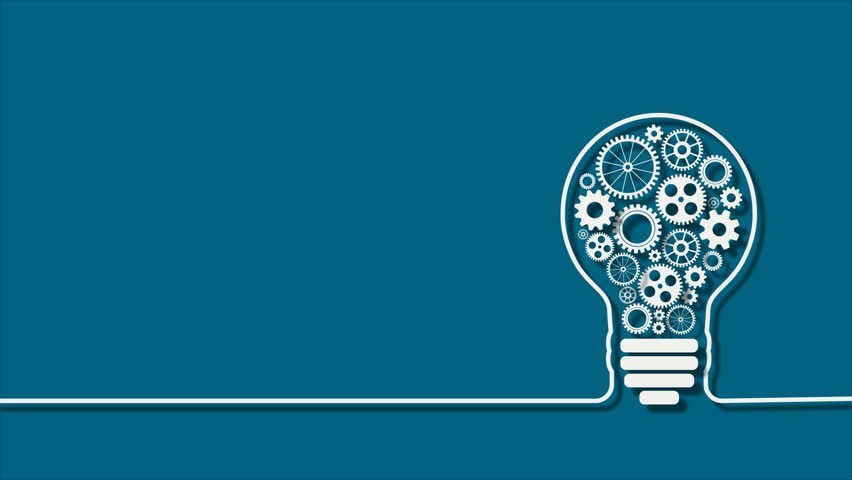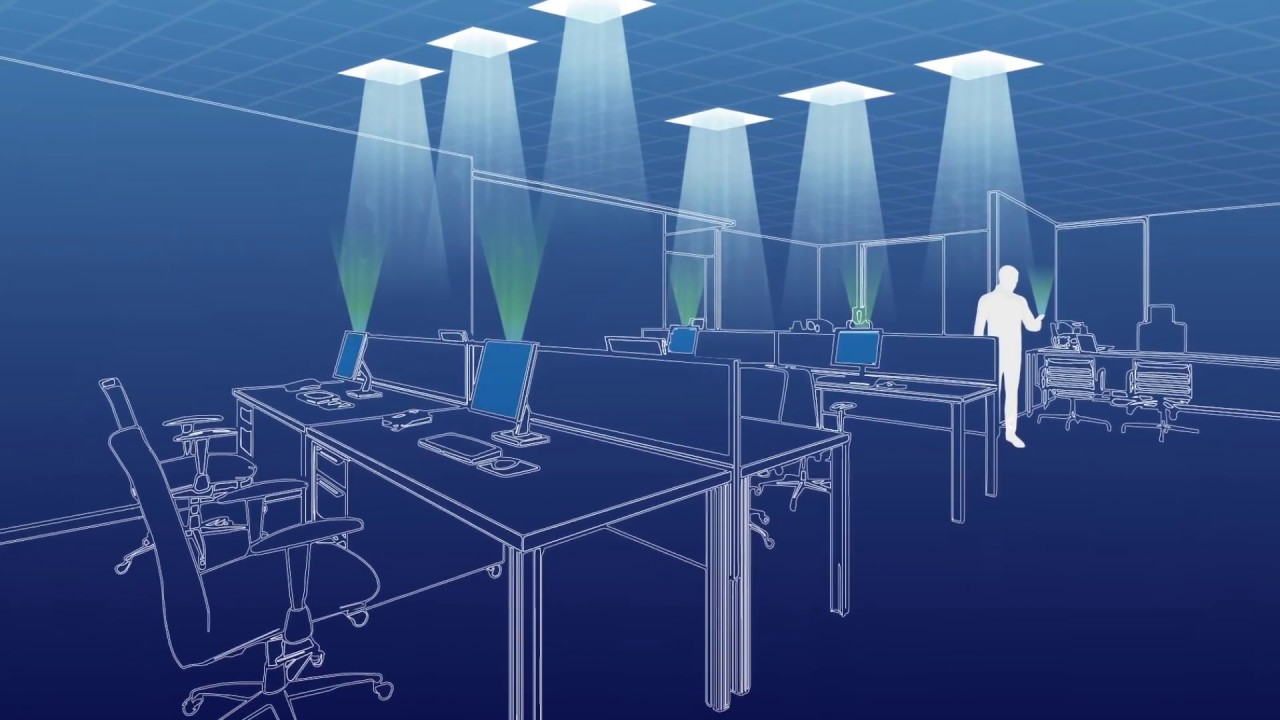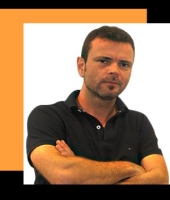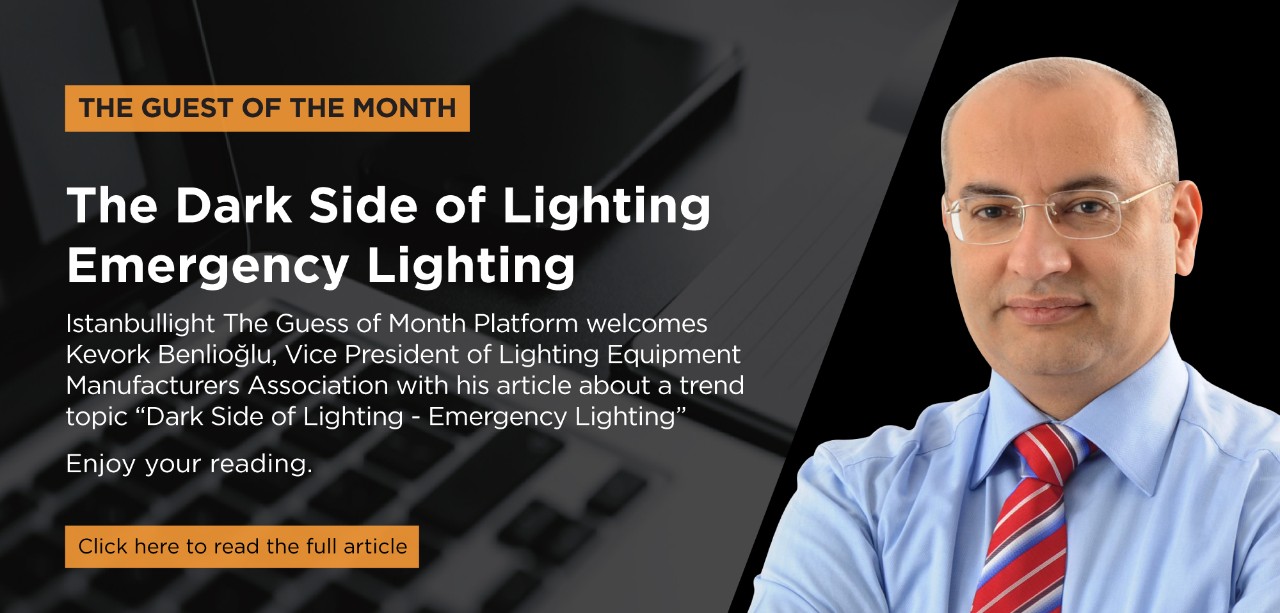Digitalization in Lighting: 5 Years Ago, 10 Years Later?
Digitalization, in other words digitization, is the name given to the process of organization of any data in a way so that it can be read by any computer or system and transfer of it to a numerical environment. In lighting, this process started many years ago with the use of electronic ballast technologies. Not so much, about 10 years ago, after the use of LED light sources in general lighting was added to this process, digitalization in lighting -with the introduction of the internet of things (IoT) and cloud computing technologies- has caused the introduction of some scenarios that are difficult to imagine in the recent past to come into our lives.
Today, we have the opportunity to control our lighting system based on cloud in a more economical, fast and practical way. It is such that we are faced with a world where the color of light and the wavelengths it emits can be changed in line with our current visual comfort needs, even our circadian rhythm, with the help of control elements and sensors as in the old analog systems. Moreover, with the inclusion of the developing big data and the accompanying machine learning technologies in this process, it is possible for the artificial intelligence to make all these decisions in a way that is "for the benefit of us users".
So, what are all these technological infrastructure and developments in the axis of digitalization in lighting offer us today and what topics will they bring to the fore in our near future?
There are certain answers we can give to this question from a contemporary perspective. For example, the use of LED light sources in general lighting was seen as the first step under the title of "digital lighting" and the concept that came to the fore in replacing conventional light sources ranging from incandescent lamps to discharge lamps was energy efficiency. Immediately afterwards, the rapid developments in the
internet of things (IoT) were reflected in the lighting industry as the internet of lighting. In other words, even the LED lamps we use in our homes have an infrastructure that can be connected to the Internet, and thanks to mobile phone applications, they have entered our lives as "smart objects" that can offer different color options and therefore different environments with the use of dimming, light color and even RGB LEDs.
Lighting of buildings, roads, cities, parks and gardens have likewise advanced in a way to provide a sustainable lighting experience with the internet of things infrastructures with an energy-efficient, adaptive, dynamic, predictive maintenance infrastructure, and this development is still continuing. Another advantage of all these developments in the axis of digitalization which are currently studied over and we will come across more frequently in the near future outstands as human centric lighting. As it is known, human centric lighting is to be able to ensure a lighting system bearing the spectrum that we need in the time periods suited to our circadian rhythm and has become one of the subjects which are most heavily worked on in the lighting industry.
Another technological reflection of digitalization in lighting is Li-Fi (Lighting Fidelity) technology. With this technology, which is currently being developed, it is possible to convey any data, in other words the Internet at a pace 100 times quicker than Wi-Fi through visible light. It means that the lighting armatures in our houses, offices and even in our streets will be able to serve as Internet providers. The studies are still continuing on very sensitive indoor positioning.
As it appears, digitalization in lighting seems to enter our lives not only through the control of armatures or lighting systems over the Internet, but also through the more active usage of especially artificial intelligence technologies in many ways which maybe we cannot even imagine yet, which is way beyond this and to be presented to us by the digital world in the future. The fundamental question here is how the human being's ability to slowly adapt to changes which exists for ten thousands of years will intersect with the highly rapid development of technology.
About Emre Erkin
Emre Erkin graduated from Istanbul Technical University Electrical Engineering and completed his master's and doctorate degrees in the Energy Science and Technology program of the ITU Energy Institute. He specialized in the fields of energy management and energy saving methods, energy performance in buildings, lighting technique and published many national and international articles and declarations. Emre Erkin, who is currently working at the Energy Planning and Management Department of the Energy Institute of Istanbul Technical University, teaches graduate and doctoral courses on Building Energy Systems and Intelligent Building Systems. Beside his academic studies, Emre Erkin developed Cosa, which is Turkey's first smart home system within the scope of Nuvia Smart Energy Technologies, Internet of Things, which he established in ITU ARI 6 Energy Technopolis in 2013.
Other Guest Writers you may be interested in ...






